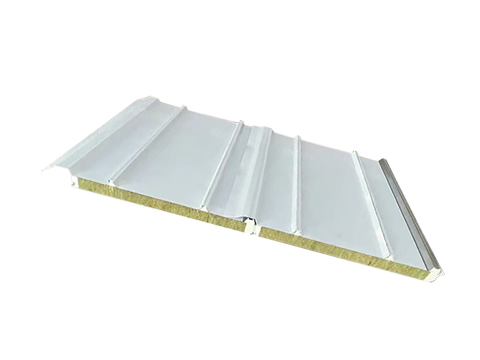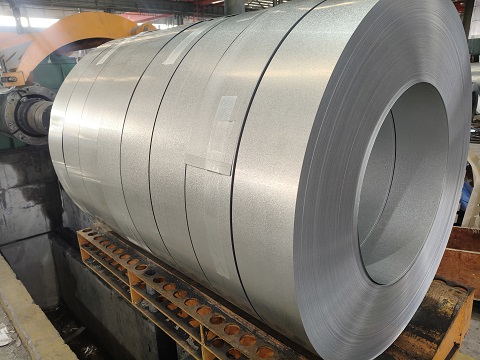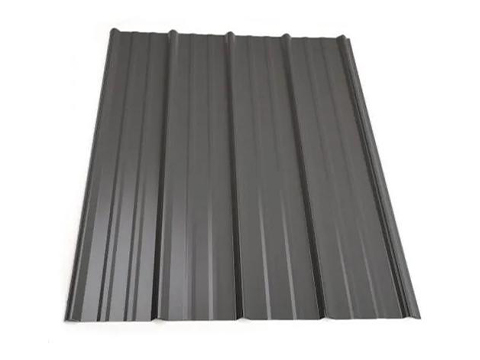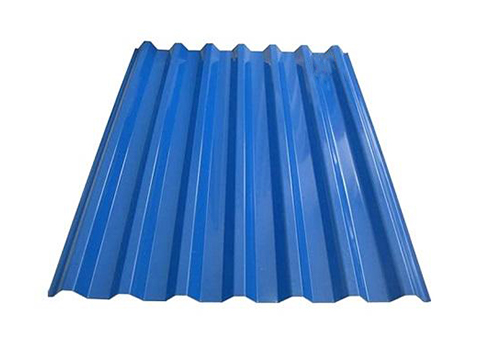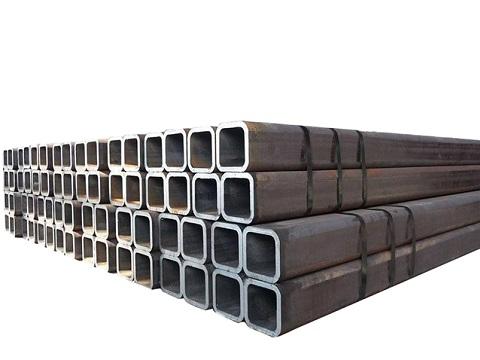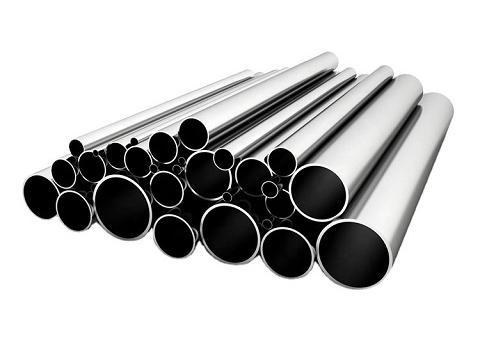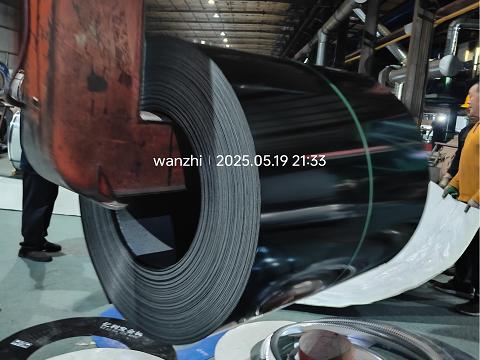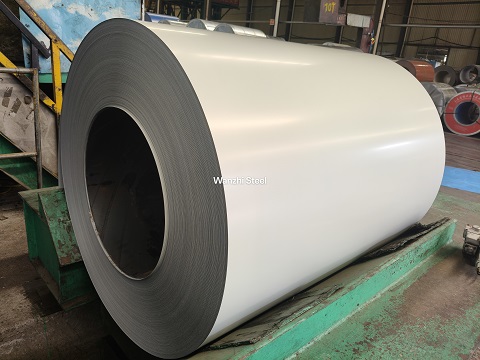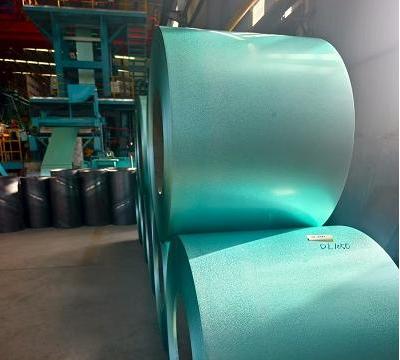TPO Laminated Sandwich Panel
Home » Composite Steel Plate » TPO Laminated Sandwich Panel TPO Laminated Sandwich Panel Thickness: 50mm – 150mm TPO layer: 1.2mm / 1.5mm / 2.0mm width: 1000-1200mm or customer’s requirement Product Introduce TPO laminated sandwich panel is a composite building enclosure panel in which TPO waterproof membrane (Thermoplastic Polyolefin) is directly applied to the surface of a metal faced sandwich panel. On the basis of traditional metal sandwich panels such as PU board, PIR board, and rock wool board, it adds the outermost TPO waterproof film layer, achieving the integration of the waterproof layer and the insulation layer. Level Material Function Top layer TPO waterproof membrane (1.2-2.0mm) Waterproof, weather resistant, […]
TPO Laminated Sandwich Panel 続きを読む »
